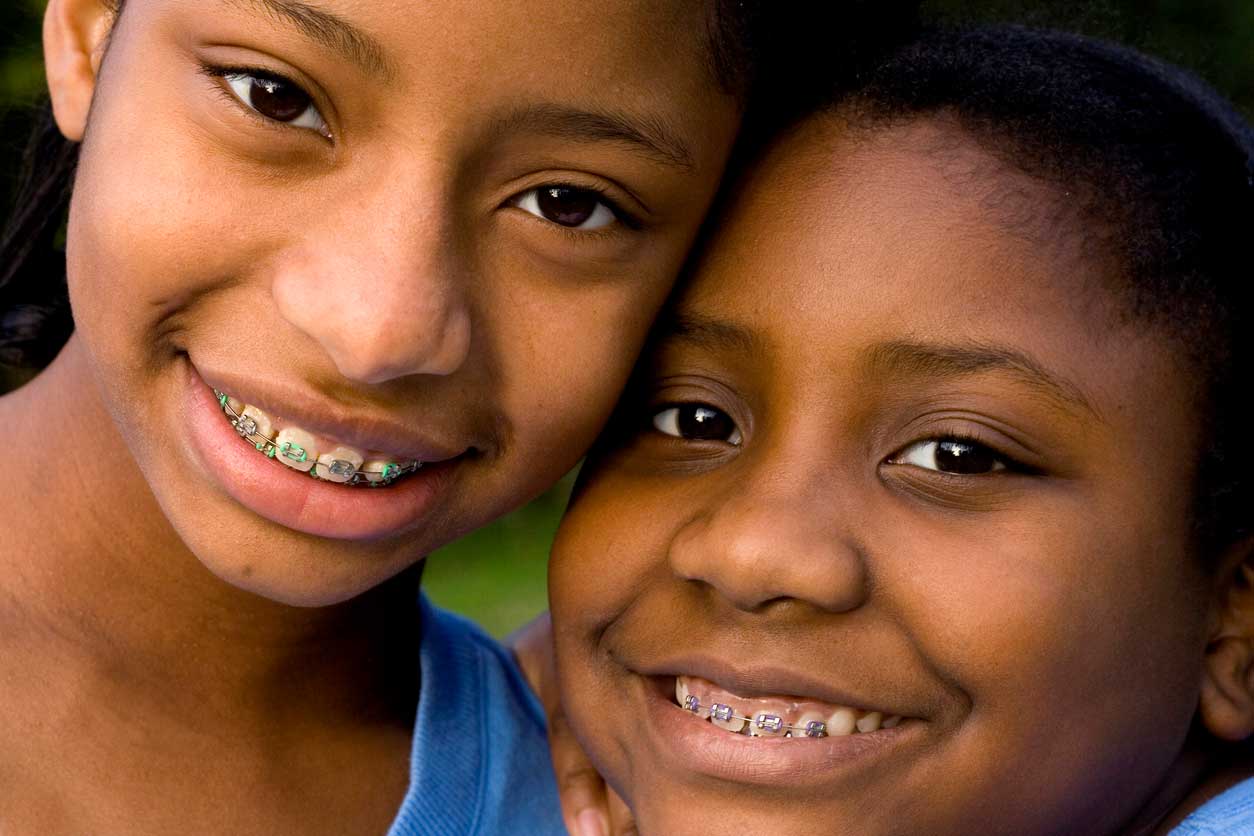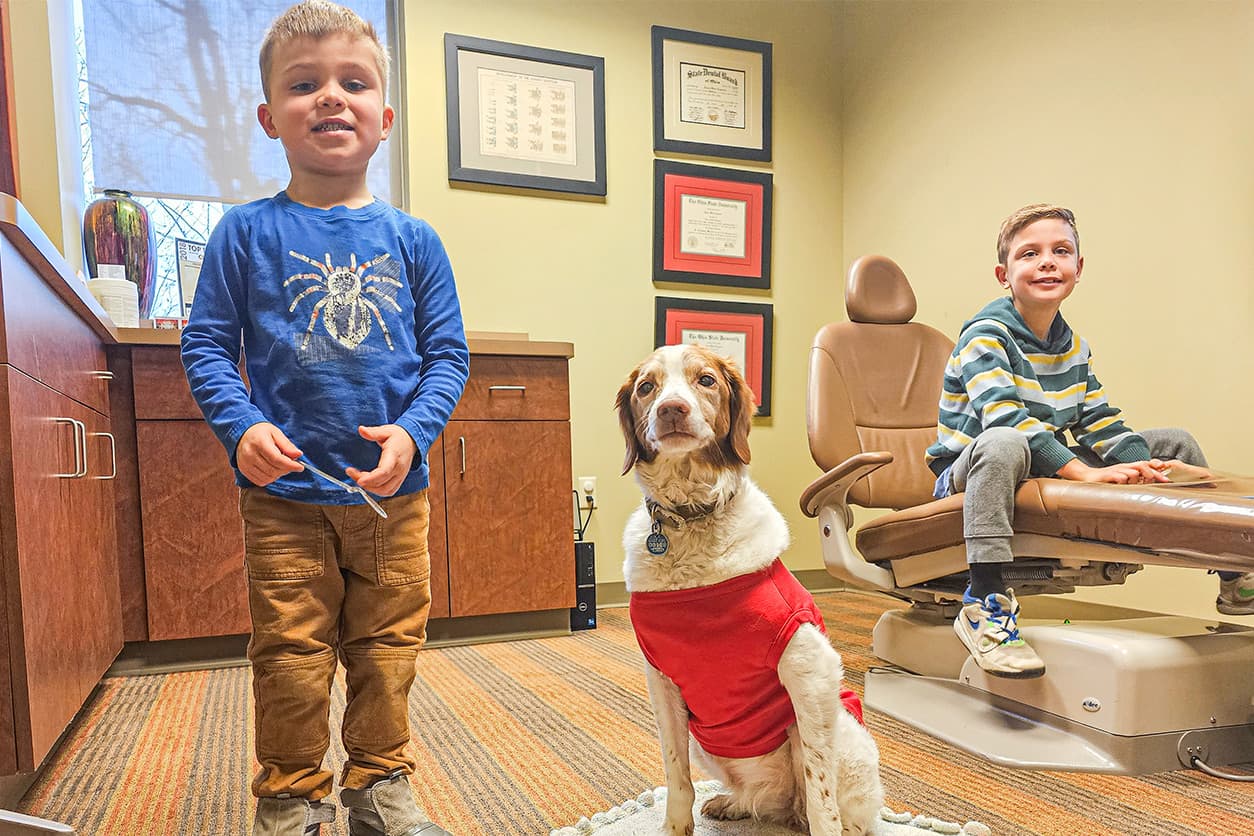Smile Transformers: Braces Tailored for Kids
Early Orthodontic Intervention for children offers a range of benefits and plays a crucial role in preventing potential issues. By assessing a child’s dental and jaw development at an early age, we can identify and address any emerging problems. This proactive approach allows for timely intervention to guide proper tooth and jaw alignment, preventing more complex issues from developing as the child grows.
Early evaluations can also help in identifying habits like thumb-sucking or tongue thrusting, enabling effective intervention to correct these behaviors and support the overall development of a healthy, well-aligned smile.

Our Kid-Friendly
Braces
We offer a number of braces, colors and bands tailored to meet the unique needs of children, promoting proper development and healthy smiles.

Kid-Friendly Orthodontic Experience
Creating a positive and comfortable environment for our youngest patients. We have a tailored approach to making orthodontic visits a stress-free and enjoyable experience for kids, including our Orthodude support dog, Cedar.
FAQ’s About Kids Braces at Orthodude
Can orthodontic correction occur while a child has baby teeth?
Yes. Some orthodontic problems are significant enough to require early intervention. However, if a patient is not yet ready for treatment, we will follow that patient’s growth and development until the time is right for treatment to begin.
Dr. Logeman does not believe in putting someone in braces twice. He also does not believe in keeping someone in braces when it is not necessary. Therefore, in most cases Dr. Logeman will wait until most of the permanent teeth are in before starting with braces.
What is Phase One (early) treatment?
Phase One treatment, if necessary, is usually initiated on children between the ages of 7 and 10. Phase One treatment lasts about 6-12 months. The primary objective for Phase One treatment is to address significant problems to prevent them from becoming more severe and to improve self-esteem and self-image. Early intervention can often prevent surgery later! Most commonly, the first phase would address a skeletal problem.
Will my child still need full braces if he/she has Phase One treatment?
It is best to assume that your child will need full braces even after Phase One treatment. The period following Phase One treatment is called the “resting period,” during which growth and tooth eruption are closely monitored. Throughout this period, parents and patients will be kept informed of future treatment recommendations.
Will my child need an expander?
At the completion of the initial examination, we will determine whether a patient will need an expander.
Schedule a Consultation Today
Ready to start the journey to a straighter smile for your child? Schedule a consultation with our experienced orthodontic team. We’ll discuss your goals, assess your orthodontic needs, and develop a personalized treatment plan that suits your unique preferences and lifestyle.